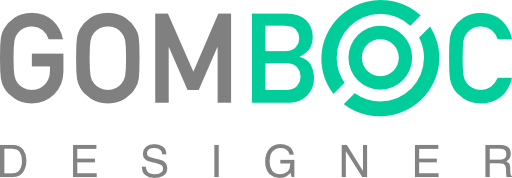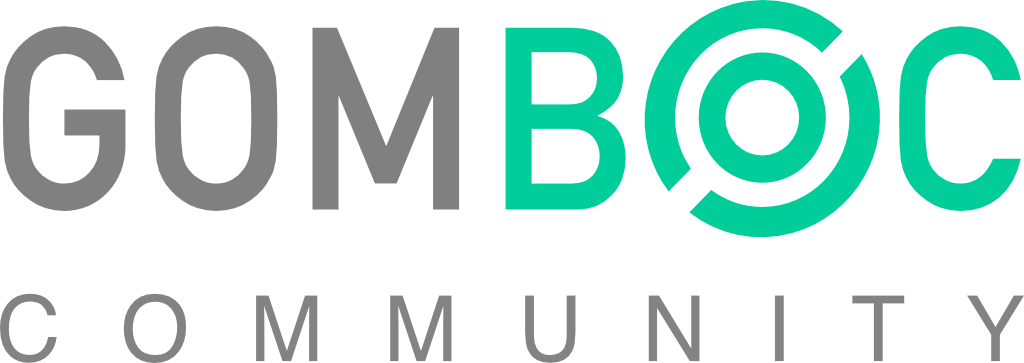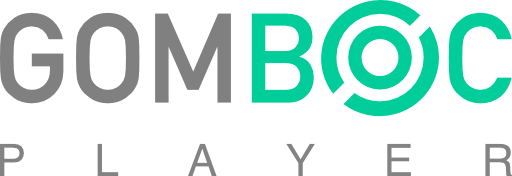YACHT MODELLING
Dedicated support to develop yacht models tailored to each project - and to help your team move to using Gomboc.
PERFORMANCE ANALYSIS
Advanced sailing performance analysis to provide detailed VPP and simulation reports.
ONBOARD SOFTWARE
Blogger is our onboard version of Gomboc, providing an open instrumentation system as used by Emirates Team New Zealand.
AUTOPILOT DESIGN
Onboard software supply for optimum control of steering, foiling and sail functions.
SUMTOZERO'S FOILING SIMULATION SOFTWARE - GOMBOC
The simulation software behind the design of Emirates Team New Zealand’s America’s Cup winning AC50 and AC75, Gomboc has re-defined performance yacht design.
In development since 2010, Gomboc’s VPP, optimisation and foil design capabilities were behind the first large foiling multihull, the AC72, and was instrumental in the creation of the AC75 foiling monohull class. It is now used widely in America’s Cup, IMOCA and Maxi teams, and in the design of super yachts, power craft and experimental concepts.
Tightly guarded within Emirates Team New Zealand for years, Gomboc is fast becoming the standard tool of naval architects for all performance boats.
SUMTOZERO PRODUCTS
A full design suite giving you the power to model, simulate, analyse and refine your power or sailing yacht.
Made to unlock the power of Gomboc Designer to the community, this free limited version of Gomboc is restricted to non-commercial use only.
A read-only version of the Gomboc simulator, that allows you or your clients to experience a simulation of your boat design without the capability to modify it.
An onboard control, processing and logging system based on the power of Gomboc blocks, for running autopilots or the entire instrumentation system of your yacht.
SAILING PHYSICS
Model any boat imaginable, sail or power, to any level of detail, with Gomboc's versatile physics engine.
VPP
Gomboc's powerful Velocity Prediction Program and optimisation capabilities solves
FOIL DESIGN
A fully integrated appendage designer lets you modify your foils and rudders and see the effects on performance in immediately.
SIMULATOR
Yacht don't sail in flat water and steady breeze! Sail your design in gusts, waves and through manoeuvres.
SUMTOZERO CONSULTANCY
Beyond developing the Gomboc software and providing product support, we also offer consultancy expertise to help customers to get started by building their initial Gomboc model.




